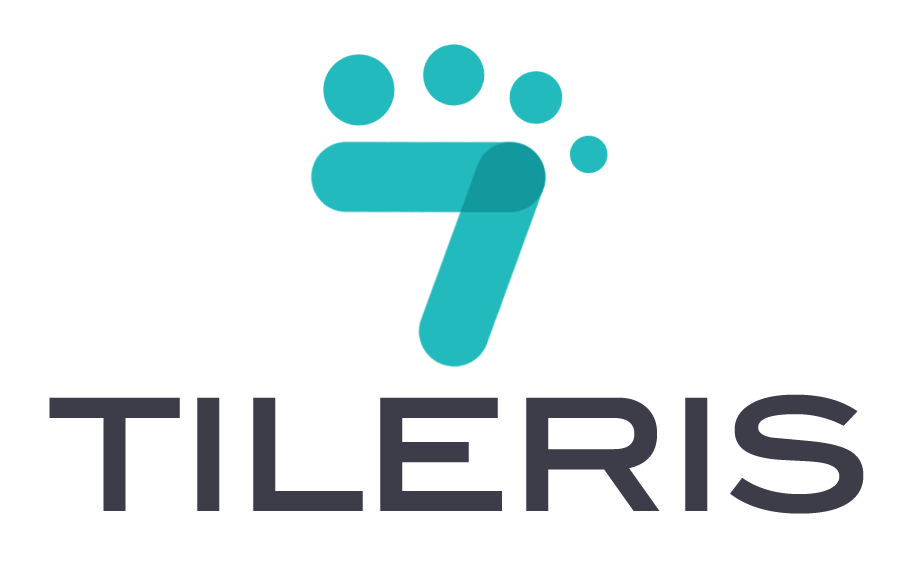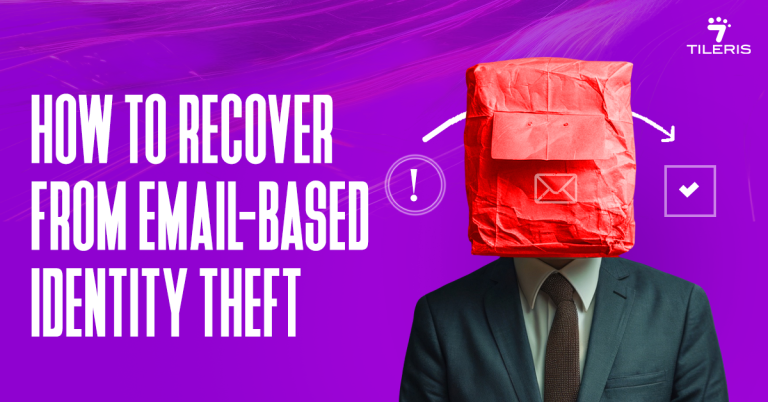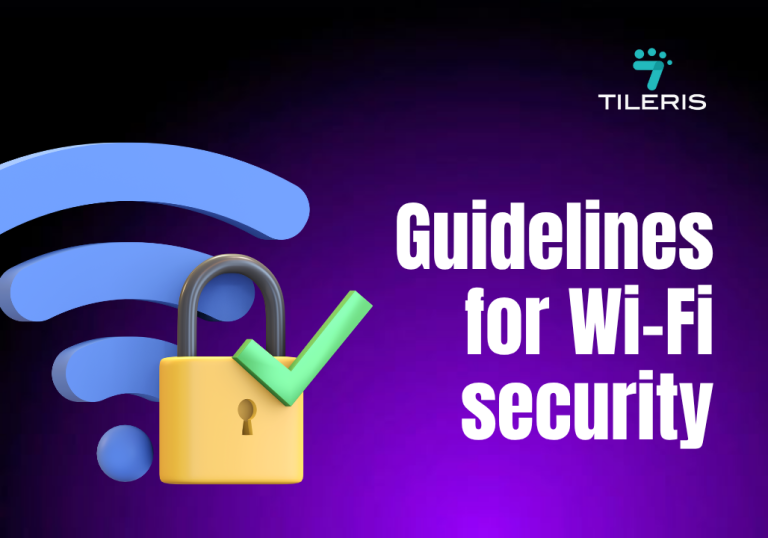Email Encryption Compliance with HIPAA, GDPR, and SOX
Introduction
In today’s globalized digital economy, the flow of sensitive information via email is constant. From patient health records to customer personal data and critical financial figures, businesses routinely transmit information that, if exposed, could lead to devastating consequences. This is where email encryption moves beyond a mere security recommendation and becomes a critical component of regulatory compliance. For organizations, ensuring email encryption compliance is not just about adopting a good security practice; it’s about meeting stringent legal obligations and avoiding severe penalties. This article provides a comprehensive guide to understanding and achieving email encryption compliance with three pivotal regulations: the Health Insurance Portability and Accountability Act (HIPAA), the General Data Protection Regulation (GDPR), and the Sarbanes-Oxley Act (SOX).
Understanding Email Encryption Compliance: More Than Just Security
Email encryption compliance signifies adhering to specific legal and industry mandates regarding protecting sensitive data transmitted and stored via email. It’s a multifaceted requirement driven by:
- Protecting Sensitive Information: At its core, compliance is about safeguarding confidential data (like Protected Health Information (PHI), Personally Identifiable Information (PII), or financial records) from unauthorized access, alteration, or disclosure. Encryption renders this data unreadable without the proper decryption key, making it unusable even if intercepted.
- Meeting Regulatory Requirements: Governments and regulatory bodies worldwide have enacted laws that impose strict requirements on how organizations handle certain types of data. Encryption is often explicitly or implicitly mandated as a “technical and organizational measure” to achieve compliance. Failing to meet these requirements can put an organization in legal jeopardy.
- Avoiding Fines and Penalties: Non-compliance can result in substantial financial penalties, legal action, reputational damage, and loss of customer trust. For instance, GDPR fines can reach tens of millions of Euros, while HIPAA violations can lead to significant monetary penalties and even criminal charges.
Regulatory Requirements for Email Encryption: The Core Mandates
While their scopes differ, HIPAA, GDPR, and SOX all underscore the necessity of data protection, making email encryption a vital tool for compliance.
- HIPAA (Health Insurance Portability and Accountability Act) – U.S.:
- 45 CFR § 164.312(a)(2)(iv) (Technical Safeguards – Encryption and Decryption) : This section requires covered entities and business associates to “Implement a mechanism to encrypt and decrypt electronic protected health information.” While it allows for “addressable” rather than “required” implementation if an equivalent alternative is proven secure, encryption is the gold standard and highly expected.
- § 164.306(d)(3) (Security Standards – Implementation): This broadly states that entities must implement “reasonable and appropriate” safeguards to protect PHI. Encryption is generally considered a reasonable and appropriate measure for PHI in transit and at rest.
- GDPR (General Data Protection Regulation) – EU:
- Article 32 (Security of Processing): Requires organizations to implement “appropriate technical and organizational measures to ensure a level of security appropriate to the risk.” It explicitly mentions “the pseudonymisation and encryption of personal data” as potential measures. Given the sensitivity of personal data, encryption is often seen as a necessary and appropriate measure.
- Article 34 (Communication of a personal data breach to the data subject): States that data subjects don’t need to be informed of a breach if appropriate technical measures, such as encryption, were applied to the personal data affected by the breach, rendering it unintelligible to unauthorized persons. This provides a strong incentive for encryption.
- SOX (Sarbanes-Oxley Act) – U.S.:
- Section 302 (Corporate Responsibility for Financial Reports) : Requires corporate officers to certify the accuracy of financial reports and the effectiveness of internal controls over financial reporting. Email, as a communication channel for financial data, falls under this.
- Section 404 (Management Assessment of Internal Controls) Mandates that management establish and maintain an adequate internal control structure and procedures for financial reporting. Protecting financial data, including that transmitted via email, against unauthorized access or alteration is crucial for meeting this requirement, often implying encryption.
HIPAA Compliance: Securing Patient Information in Email
For healthcare organizations and their business associates, HIPAA compliance for email encryption is non-negotiable.
- Encrypting Protected Health Information (PHI) at Rest and in Transit:
- In Transit: All email communications containing PHI must be encrypted when sent over public networks (e.g., using TLS, S/MIME, or secure message portals).
- At Rest: While not always email-specific, PHI stored in email archives or mailboxes should also be encrypted.
- Implementing Secure Email Transmission Protocols:
- Utilize S/MIME or PGP for end-to-end encryption when both sender and recipient are set up.
- Employ secure message portals (often provided by email encryption services) where recipients log in to a secure environment to view and reply to PHI-containing emails.
- Ensure all email servers use TLS 1.2 or higher for connections.
- Ensuring Business Associate Agreements (BAAs) are in Place: Any third-party vendor (a “Business Associate”) that handles PHI on behalf of a covered entity (e.g., cloud email providers, IT support) must sign a BAA. This agreement contractually obligates them to comply with HIPAA rules, including implementing necessary security safeguards like encryption.
GDPR Compliance: Protecting Personal Data Across Borders
GDPR sets a high bar for protecting the personal data of EU residents, regardless of where the data processing takes place (even in Onitsha, Nigeria!).
- Encrypting Personal Data at Rest and in Transit: Similar to HIPAA, GDPR encourages encryption for any personal data (which is broadly defined) both when it’s being sent (in transit) and when it’s stored (at rest) in email systems or archives. This is a key technical measure to mitigate risks.
- Implementing Data Protection by Design and Default: This principle means that data protection, including encryption, should be built into the design of systems and processes from the outset, not as an afterthought. Email systems handling personal data should be designed with encryption as a default.
- Ensuring Data Subject Rights are Protected: Encryption supports data subject rights like the right to erasure (data can be made unreadable if encryption keys are destroyed) and the right to data portability (secure transfer). Critically, strong encryption can help avoid the need to notify data subjects of a breach if the data was rendered unintelligible.
SOX Compliance: Safeguarding Financial Integrity
While SOX doesn’t explicitly mention “email encryption,” its broad focus on internal controls and the accuracy of financial reporting indirectly necessitates it for financial communications.
- Encrypting Financial Data at Rest and in Transit: Any financial data, audit trails, internal financial reports, or communications regarding financial transactions sent via email should be encrypted to prevent unauthorized access or alteration. This ensures the integrity and confidentiality of crucial financial information.
- Implementing Internal Controls for Email Communication: Organizations must have documented policies and procedures for handling financial information via email. This includes mandatory encryption for sensitive financial data, access controls, and retention policies.
- Ensuring Audit Trails are Maintained: For SOX compliance, it’s vital to maintain clear, unalterable audit trails of financial communications, including emails. While encryption protects content, the metadata and logs of encrypted emails (who sent it, when, to whom) are part of this trail and should be securely maintained.
Audit Procedures and Documentation: Proving Your Compliance
Compliance isn’t just about implementing controls; it’s about proving you’ve done so.
- Conducting Regular Security Audits and Risk Assessments: Periodically assess your email security infrastructure and encryption mechanisms. Identify vulnerabilities and review the effectiveness of your controls. This demonstrates due diligence.
- Maintaining Documentation of Encryption Policies and Procedures: Develop and maintain clear, written policies on email encryption usage, certificate management, incident response for encryption failures, and how sensitive data is identified. Document your procedures for implementing and monitoring these policies.
- Ensuring Compliance with Regulatory Requirements: Regularly review your email encryption practices against the latest versions of HIPAA, GDPR, SOX, and any other applicable regulations (e.g., Nigeria’s NDPR if operating locally). Stay informed about changes in legal interpretation or best practices.
Best Practices for Email Encryption Compliance: A Strong Foundation
Beyond meeting minimum requirements, these best practices ensure robust email security and sustained compliance.
- Implementing End-to-End Encryption (E2EE): Wherever feasible, use E2EE solutions (like S/MIME, PGP, or specialized secure email services) to ensure that only the sender and intended recipient can read the message, with no intermediary access.
- Using Secure Email Protocols (e.g., TLS): Ensure that your email service provider enforces TLS 1.2 or higher for all inbound and outbound email traffic. This secures the connection itself. Consider services that enforce “opportunistic TLS” or “forced TLS” for sensitive domains.
- Regularly Updating Encryption Software and Protocols: Keep all email clients, servers, and encryption software (e.g., S/MIME libraries, PGP software) up-to-date. Software updates often contain critical security patches for cryptographic vulnerabilities. Stay informed about advancements in encryption algorithms and the deprecation of older, weaker ones.
Implementing Email Encryption Solutions: Tools to Get You There
Several types of solutions can help organizations achieve and maintain email encryption compliance.
- Secure Email Gateways: These appliances or cloud services sit between your organization’s email server and the internet. They can automatically encrypt outbound emails based on content, recipient, or policy rules, and decrypt inbound encrypted messages. Ideal for large organizations.
- Email Encryption Software (Client-Based): Solutions that integrate with email clients (e.g., Outlook, Apple Mail) to enable S/MIME or PGP encryption. They require configuration on individual user machines.
- Cloud-Based Email Encryption Services: Dedicated services (like Microsoft 365 Message Encryption, Zix, Proofpoint) that handle encryption/decryption in the cloud, often providing secure portals for recipients without their encryption setup. These are often easier to manage and scale for businesses.
Conclusion
Email encryption compliance is a complex but indispensable aspect of modern business operations. Regulations like HIPAA, GDPR, and SOX unequivocally demand robust data protection, with encryption emerging as a cornerstone safeguard. Organizations, regardless of their location, must understand that protecting sensitive data via email is not just about avoiding fines; it’s about building trust, maintaining integrity, and demonstrating a commitment to responsible data stewardship. By implementing appropriate encryption solutions, adhering to best practices, and diligently documenting their efforts, organizations can confidently navigate the regulatory maze and secure their critical email communications. Prioritize email encryption compliance – your reputation and bottom line depend on it.
Achieving Robust Email Encryption Compliance
Simply understanding the fundamentals of email encryption on your devices, like how public and private keys secure your online messages, is just the first step. True, robust digital security, especially concerning email encryption compliance, comes from consistently applying these protective measures, transforming individual secure messages into a reliable, ongoing system of regulatory adherence. To help you integrate these vital practices and confidently navigate various compliance standards, download our free Security Checklist at tileris.com. This practical guide offers essential tips for private and compliant communication across all your devices. If you’re still uncertain about the best tools or methods for your setup, our privacy experts are available for a free consultation.






